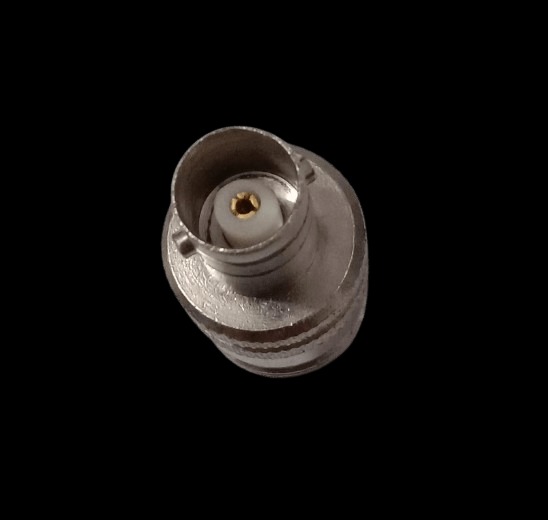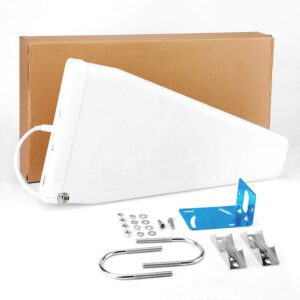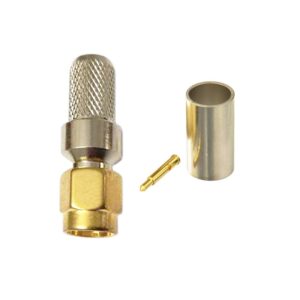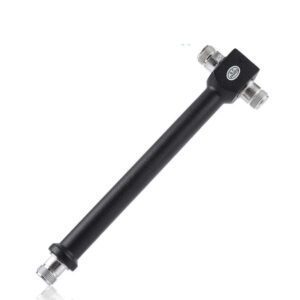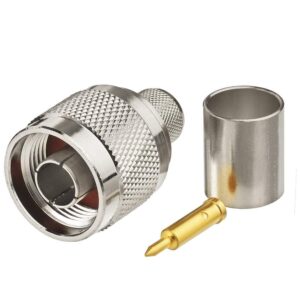- Connector Types:
- N Female:
- Connector Type: N-Type
- Gender: Female (with a central socket and threaded shield)
- Size: Standard size used in various RF and microwave applications known for its durability and performance.
- BNC Female:
- Connector Type: BNC (Bayonet Neill-Concelman)
- Gender: Female (with a central socket and surrounding shield, locking mechanism)
- Size: Smaller and commonly used in RF and video applications, known for its quick-connect/disconnect design.
- N Female:
- Frequency Range:
- Up to 4 GHz: Designed to operate reliably up to 4 gigahertz, making it suitable for RF and communication applications within this frequency range.
- Impedance:
- 50 Ohms:
- N Connectors: Typically 50 ohms, which is standard for many RF applications. Ensure the impedance of the adapter matches your system to avoid signal reflections and losses.
- BNC Connectors: Often used in 50-ohm systems but can also be found in 75-ohm configurations. Confirm that the adapter maintains 50 ohm impedance for consistency.
- 50 Ohms:
- Mechanical Construction:
- Material: Usually made from high-quality metals such as brass or stainless steel, often with nickel or gold plating to enhance conductivity and resist corrosion.
- Design: Built to ensure a secure connection between N Female and BNC Female connectors, minimizing signal loss.
- Applications:
- RF Testing: Connecting or extending RF equipment with N Male and BNC Male connectors in test setups.
- Communication Systems: Bridging connections between devices or cables with N Male and BNC Male connectors in communication systems.
- Video Systems: Used in applications where BNC connectors are commonly employed for video signals.
- Laboratory Use: Facilitating connections in lab environments where different types of connectors are used.
- Typical Features:
- Low Signal Loss: Designed to minimize signal degradation and ensure efficient signal transfer between connectors.
- Durability: Built to withstand frequent connections and disconnections, providing reliable performance over time.
- Secure Connection: Ensures a firm connection between different types of connectors.
Usage Tips:
- Confirm Impedance Matching: Ensure that the impedance of the adapter (typically 50 ohms) matches the impedance of your system to prevent signal issues and reflections. If working with 75-ohm systems, use an appropriate adapter.
- Check Frequency Range: Verify that the adapter’s frequency range (up to 4 GHz) meets your application’s needs. For higher frequencies, consider an adapter rated for those frequencies.
- Ensure Secure Connections: Properly connect the N Male and BNC Male connectors to avoid loose connections that can lead to signal problems.
- Inspect Regularly: Periodically check the adapter for wear or damage to ensure continued optimal performance.
This N Female to BNC Female Adapter is a practical and versatile component for transitioning between N and BNC connectors, suitable for RF testing, communication systems, video applications, and other scenarios where a reliable, minimal-loss connection is necessary.

